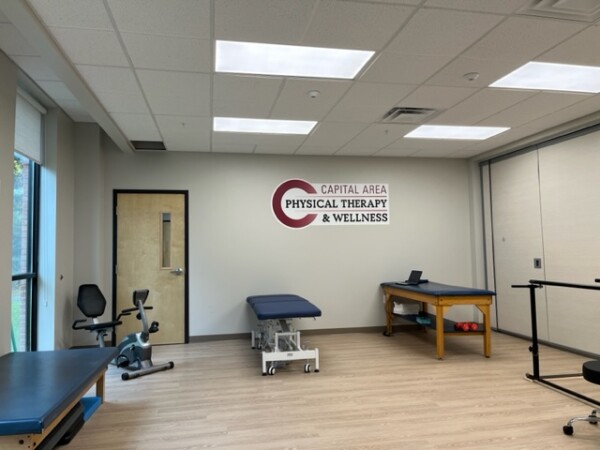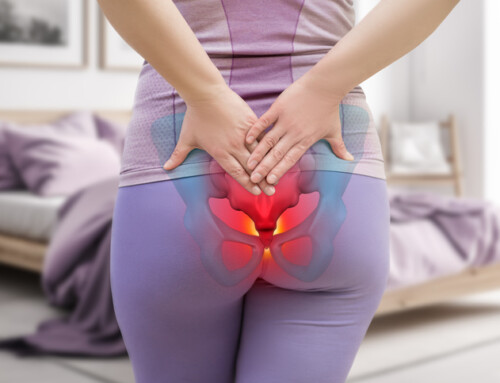by Alison Bouyea
Throughout everyone’s lifetime, they will experience some type of pain, most of which goes away after some time, but some may experience chronic pain. Pain is a normal experience, however when it cannot be explained through anatomical examination, it enters the chronic realm. Chronic pain is typically defined as persistent discomfort that has lasted beyond 3-6 months, and it is often not related to actual tissue damage in the body as it continues on longer than the typical disease process and tissue healing time. Additionally, it’s important to mark the difference between acute pain and chronic pain. Acute pain can be caused by injury, whereas chronic pain involves the sympathetic nervous system, or the body system that’s involved in responding to stressful situations.1 The nervous system becomes sensitized, which is the reason why non painful stimuli will be perceived as painful. In other words, your nerves are constantly telling your brain that there is a threat to the body, and you feel pain.
Managing chronic pain can be done with physical therapy through promoting function, enhancing strength, and modulating pain transmission through the body. Often, the chronic pain you experience goes through peaks and valleys, so there will be days where you feel better than others. Regardless, your quality of life is one of the main priorities your PT will focus on when it comes to your therapy sessions and goals. Some things to expect at PT include exercise and manual physical therapy work.2 Studies have shown the benefits of exercise in managing chronic pain, which include improving pain tolerance, increasing strength and flexibility, and reducing inflammation. Additionally, as the body exercises, it releases endorphins, which act as natural pain relievers. Secondly, your PT may utilize manual therapy, which may help to loosen tight body tissues, but it also can be used to facilitate the Gate Theory. This theory is based on the sensation of pain through the mind and body, and the path a stimulus must take in order for the brain to receive it. When a painful stimulus is detected by the receptors in or on your body and it reaches a certain threshold, the “gate” allows the signal to travel to the brain and you perceive it as pain. If that gate is closed, the brain cannot receive the signal from the peripheral body, and the pain isn’t felt.3 Giving the body another stimulus, in this case the manual therapy, distracts the brain from the painful one. In simpler terms, it’s the reason why holding your toe after you stub it works.
It’s important to have good communication with your physical therapist about any changes you’re experiencing and to remember that change comes with patience and time. Chronic pain is something that is manageable, and know that you’re not alone. Your physical therapist is just as committed to your goals as you are.
References
- (2024, January 16). The Importance of Exercise in Chronic Pain Management. Novus Spine & Pain Center. https://novusspinecenter.com/blog/chronic-pain/importance-exercise-chronic-pain-management
- Trachsel, L. A., & Cascella, M. (2023, April 17). Pain theory. PubMed; StatPearls Publishing. https://www.ncbi.nlm.nih.gov/books/NBK545194/
- Treating Pain With Physical Therapy | HSS Rehabilitation. (n.d.). Hospital for Special Surgery. https://www.hss.edu/conditions_pain-science-education-physical-therapy-chronic-pain.asp






